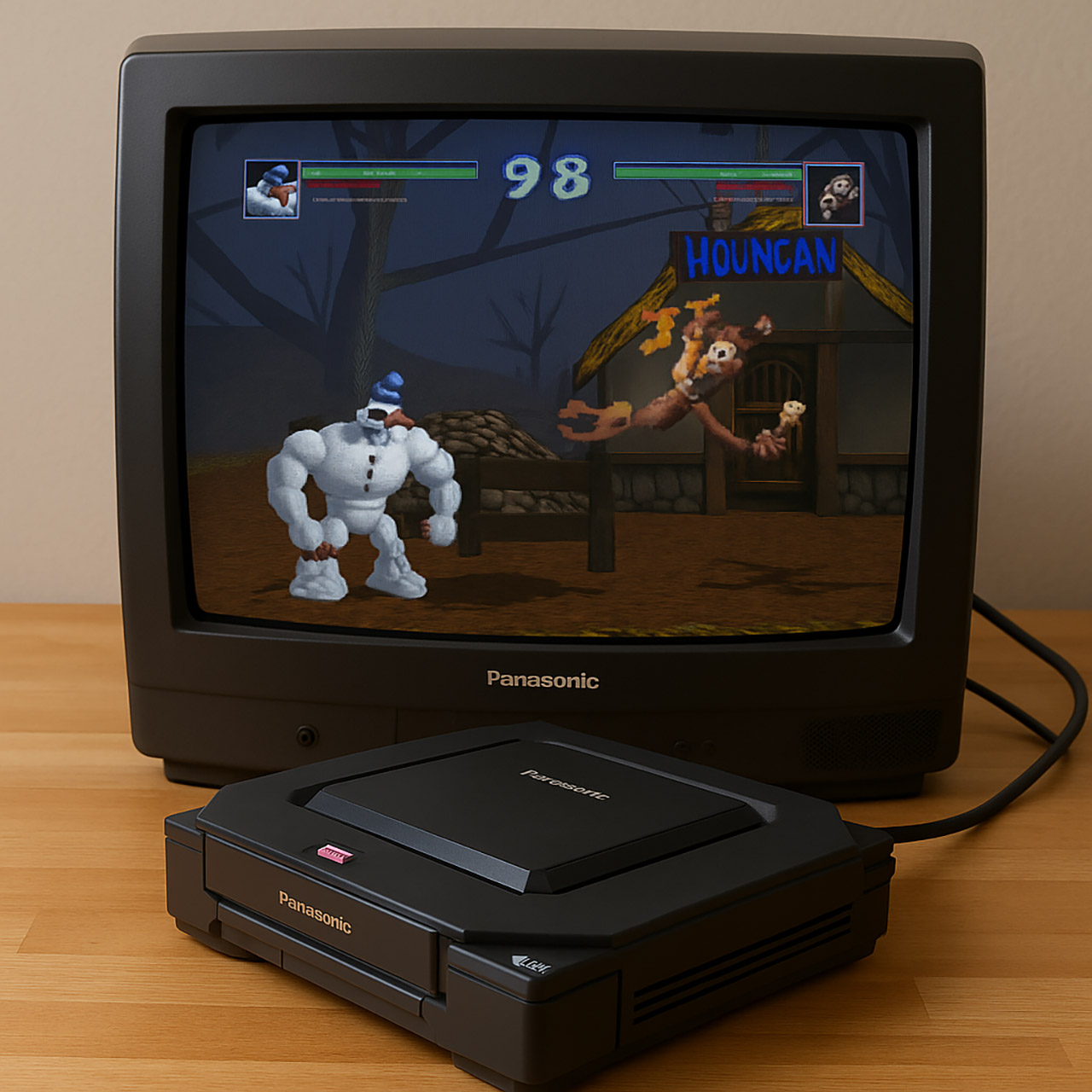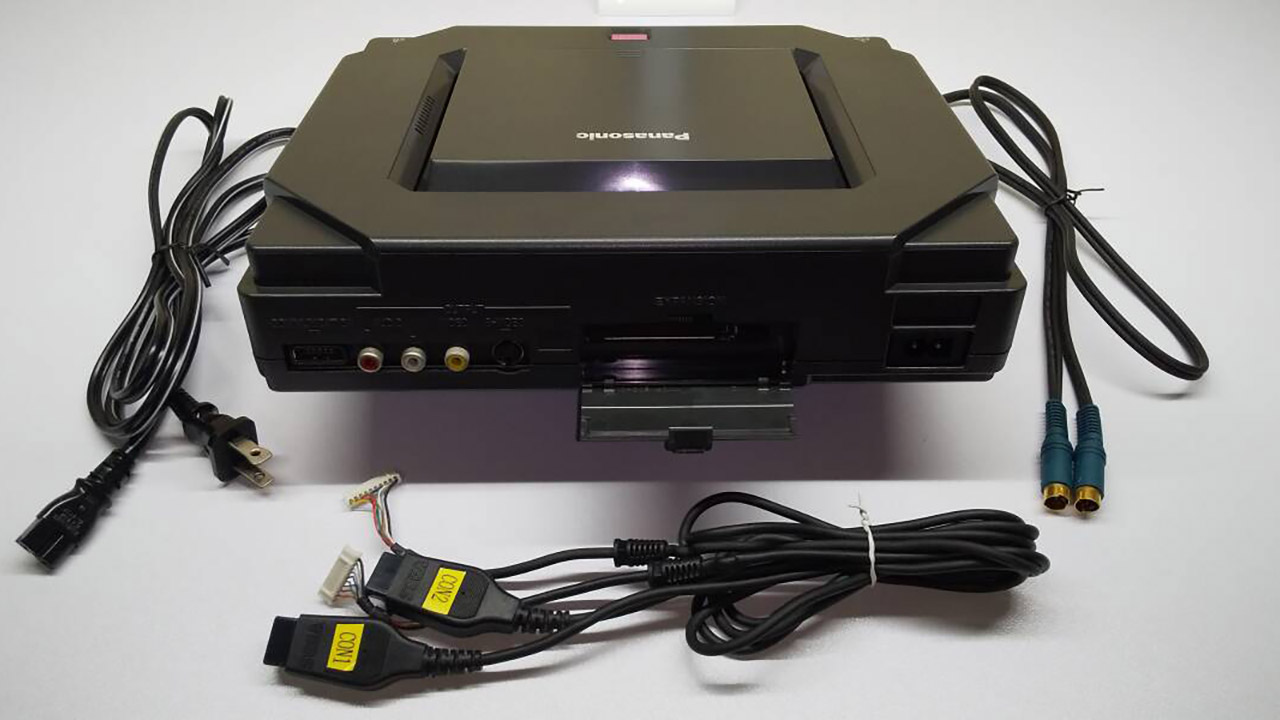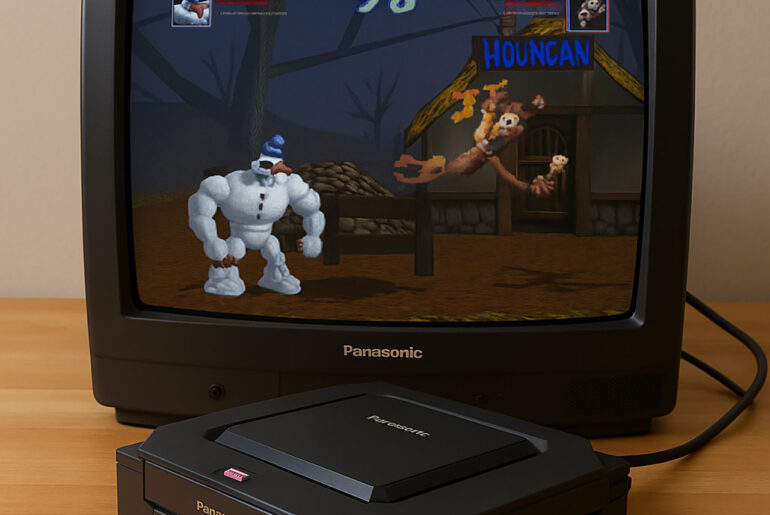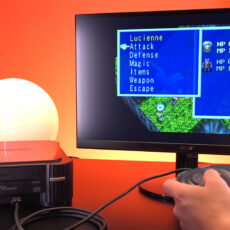
During the 1990s gaming boom, The 3DO Company wanted to redefine interactive entertainment with the Panasonic FZ-21, or 3DO M2, a planned successor to the 3DO Interactive Multiplayer. Designed to compete with the PlayStation and Nintendo 64 through better processing and graphics, it never made it to homes as a console, instead found a life in commercial settings.
The M2 came out of The 3DO Company’s desire to beat the competition, with development starting in the early 1990s to create a system for 3D graphics and multimedia. By 1996, Matsushita, Panasonic’s parent, had acquired the technology for a consumer release, but by 1997 the home console plan was scrapped due to market competition and cost. The M2’s technology lived on in arcade boards and retail kiosks like the FZ-21 and FZ-35, used for things like driver training and interactive displays.
- ALL GAMES, ALL PLACES, ALL YOURS – Get ready to game on the 8" 120Hz Lenovo PureSight display and launch any title using Legion Space. The AMD Ryzen...
- SEE EVERY DETAIL – Make every scene pop with 500 nits of stunning brightness and 100% sRGB color accuracy. And with 10-point touch support, your...
- PLAY YOUR WAY – Play hundreds of high-quality PC games with your complimentary 3 months of PC Game Pass and EA Play. With new games added all the...

Unlike prototype consoles, the FZ-21 was a finished product for commercial use, not gaming. It ran specialized software for training or Pond Pond Land, a memory game for Japanese seniors. Its hardware with dual PowerPC 602 processors, a Bulldog ASIC and 8MB of RAM (versus 16MB in arcade versions) could handle complex tasks. But its Opera OS required signed software, limiting gaming potential for titles like Tobe! Polystars or Battle Tryst which needed technical modifications to run.

YouTuber Video Game Esoterica finally got one after a 10 year search in 2022. It’s described as a “finished 3DO M2” and its design with side vents, a tactile open button and multilingual labels shows the unrealized global ambitions. With at least 1,307 units produced according to the serial numbers, it’s very rare and valuable, with recent sales of $20,000 for an FZ-21 and $1,000 for an FZ-35 in 2023.
Enthusiasts are working to bypass the signed software restrictions to run games like Tobe! Polystars or IMSA Racing within its 8MB of RAM. Efforts to preserve the hardware, including BIOS dumps and expansion port exploration, show a desire to bring this gaming relic back to life. The FZ-21 supports standard 3DO controllers or a rare Panasonic branded one with a rebranded sticker, adding to its charm.
When Video Game Esoterica listed his FZ-21 for sale to fund a studio expansion, it caused a stir and controversy, with accusations of inauthenticity leading to hate comments and the listing being removed. This is what happens when you mess with rare gaming artifacts. The FZ-21, a bold idea with commercial failure, is a piece of gaming history, a vision that never was.
[Source]










